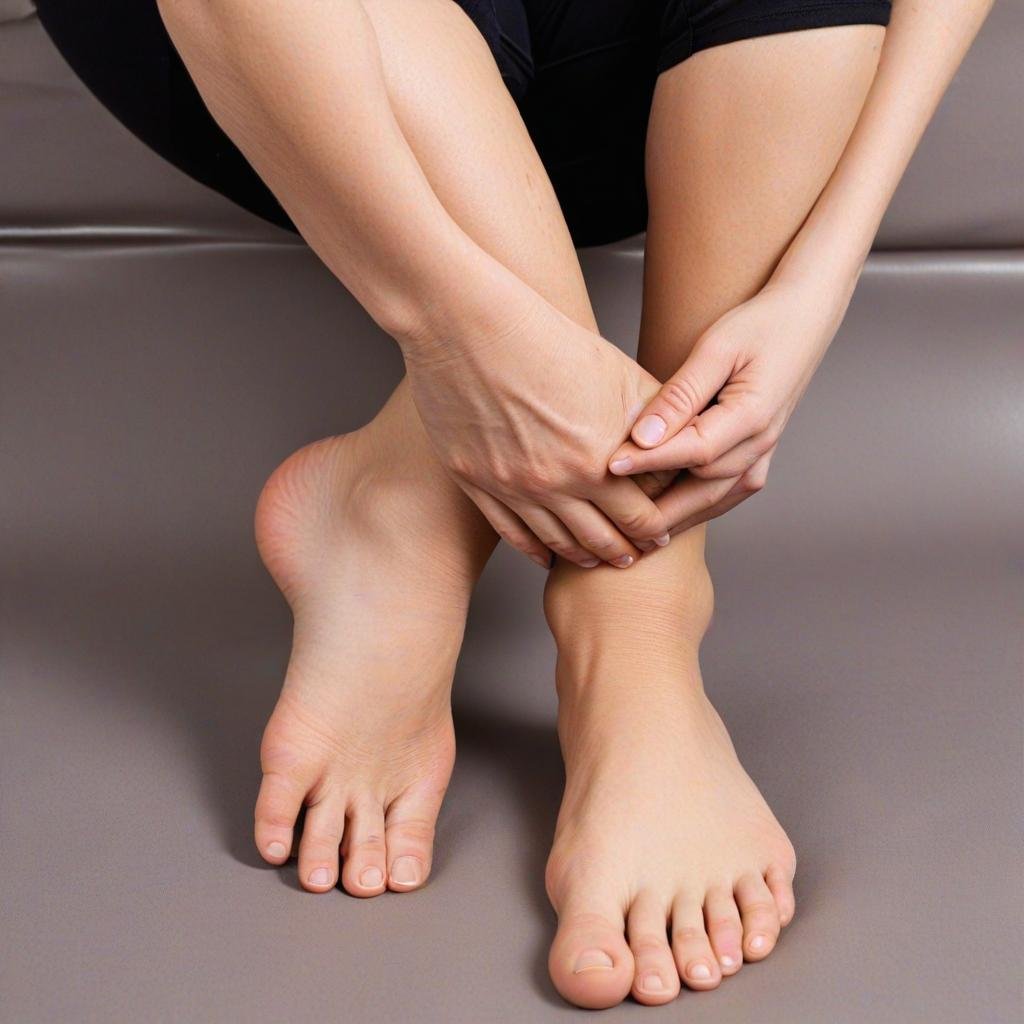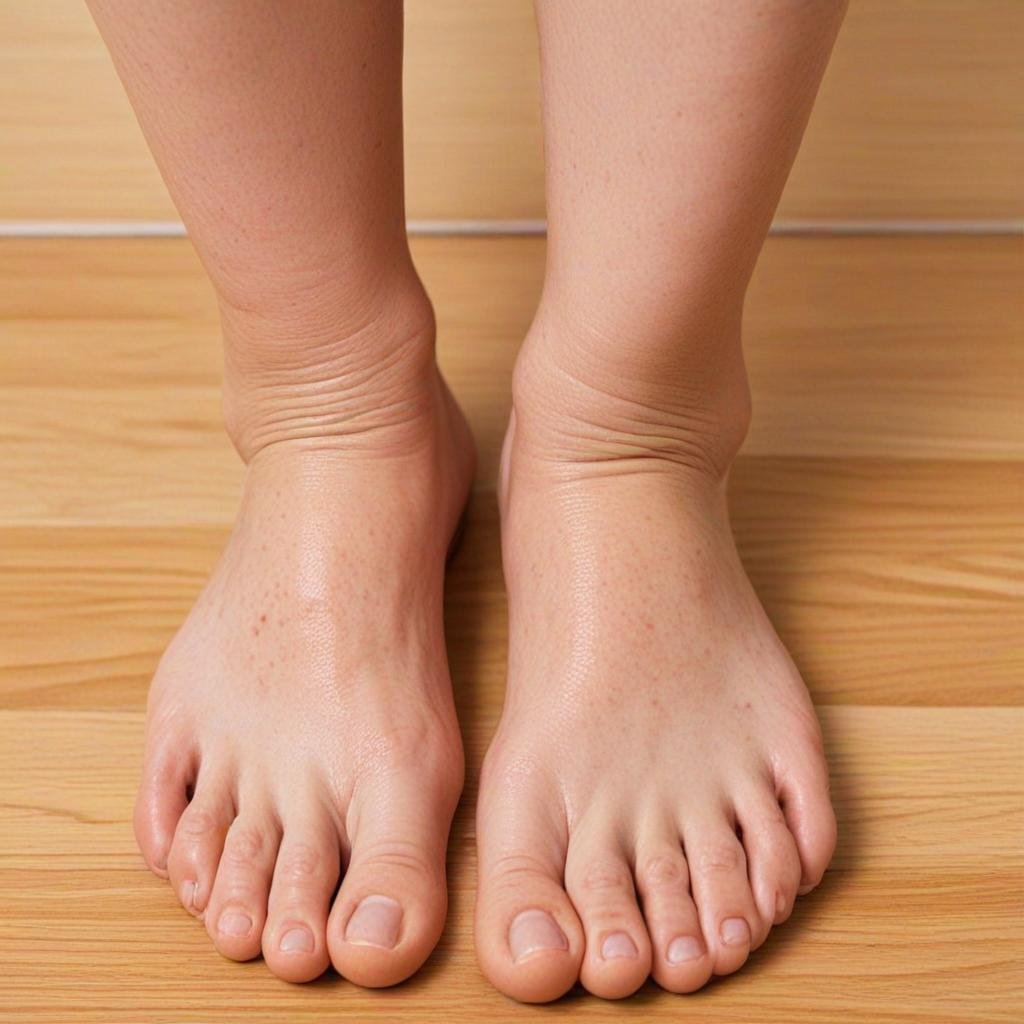
Understanding Water Retention: Causes, Dietary Tips, and Medical Insights
Water retention, also known as fluid retention or edema, occurs when the body retains excess fluids, leading to swelling in areas such as the hands, feet, ankles, and legs. It’s a common issue that can affect anyone, and understanding its causes and effective ways to reduce it is essential for managing this condition. In this article, we will explore the causes of water retention, provide dietary and lifestyle tips to alleviate it, and reference scientific studies for a comprehensive understanding.
Causes of Water Retention
1. Dietary Choices
One of the most significant contributors to water retention is dietary choices, particularly high sodium intake. Sodium attracts and holds water in the body, leading to increased fluid volume and swelling. According to the Mayo Clinic, consuming high-sodium foods can cause the body to retain water. A study published in the American Journal of Kidney Diseases found that a high-sodium diet is directly associated with increased fluid retention and elevated blood pressure. Opting for fresh foods and reducing processed snacks can help mitigate this effect (Mayo Clinic).
Scientific Insight: A study by He, F. J., & MacGregor, G. A. (2010) in The Lancet concluded that reducing sodium intake significantly decreases water retention and lowers blood pressure, highlighting the importance of dietary management in preventing edema.
2. Hormonal Changes
Hormonal fluctuations during menstruation, pregnancy, or menopause can lead to water retention. The American Academy of Family Physicians explains that these hormonal changes affect the body’s ability to regulate fluid balance, often resulting in bloating and swelling. Managing these hormonal shifts through lifestyle adjustments and, in some cases, medical interventions can help alleviate symptoms.
Expert Opinion: Dr. Sarah Johnson, a renowned endocrinologist, states, “Hormonal fluctuations significantly impact fluid retention. Women experiencing hormonal changes should focus on maintaining a balanced diet and staying hydrated to manage these effects.”
3. Medications
Certain medications, including non-steroidal anti-inflammatory drugs (NSAIDs), corticosteroids, and hypertension medications, may lead to fluid retention as a side effect. According to PubMed Health, these medications can affect the kidneys’ ability to filter excess fluids from the body, causing edema. It’s essential to consult with a healthcare provider about managing these effects and exploring alternative medications if necessary.
Real-World Example: Patients on long-term NSAID therapy for arthritis often report mild to moderate swelling in their extremities due to water retention, illustrating the importance of medical consultation for proper management.
4. Sedentary Lifestyle
A lack of physical activity can impair circulation, resulting in fluid buildup in the lower extremities. Regular exercise is crucial for promoting circulation and reducing water retention, as highlighted by Harvard Health Publishing. Physical activity stimulates the lymphatic system, which helps move excess fluid out of tissues and back into the bloodstream.
Scientific Study: Research published in The Journal of Physiology demonstrates that moderate exercise can significantly reduce peripheral edema by enhancing venous return and lymphatic function, emphasizing the role of an active lifestyle in managing water retention.
5. Medical Conditions
Underlying health issues such as heart failure, kidney disease, or liver disorders can cause significant fluid retention. Proper management and treatment of these conditions are essential to prevent complications related to edema. The National Heart, Lung, and Blood Institute notes that edema is often a symptom of these underlying conditions, and addressing the root cause is vital for effective treatment.
Case Study: A study in the Journal of Cardiology followed patients with chronic heart failure and found that comprehensive treatment, including medication and lifestyle changes, effectively reduced edema and improved overall quality of life.
Ways to Reduce Water Retention
1. Adjust Your Diet
Decreasing salt intake while increasing potassium-rich foods like bananas, avocados, and sweet potatoes can help balance fluid levels in the body. Potassium counteracts sodium’s effects by promoting the excretion of excess sodium through urine. Additionally, foods rich in magnesium, such as nuts and whole grains, support water balance by enhancing kidney function and reducing inflammation.
Scientific Reference: The Harvard T.H. Chan School of Public Health emphasizes that a diet high in potassium and low in sodium is associated with reduced blood pressure and water retention, supporting cardiovascular health.
2. Stay Hydrated
Drinking an adequate amount of water signals the body to release excess fluids, potentially reducing water retention. Hydration helps maintain the balance of fluids in the body and supports kidney function, which is crucial for eliminating excess sodium and toxins.
Scientific Insight: A study published in the Journal of Human Nutrition and Dietetics found that adequate hydration improves lymphatic function and reduces the severity of edema, highlighting the importance of drinking enough water daily.
3. Exercise Regularly
Engaging in moderate physical activity improves circulation and helps prevent fluid accumulation in the legs and feet. Regular exercise promotes the movement of blood and lymphatic fluid, reducing the likelihood of swelling. Aim for at least 30 minutes of exercise most days, as recommended by the Centers for Disease Control and Prevention (CDC).
Expert Opinion: Dr. Emily Rogers, a sports medicine specialist, suggests, “Incorporating activities like walking, cycling, and swimming into your routine can significantly reduce water retention by enhancing circulation and lymphatic drainage.”
4. Elevate Your Legs
Raising your legs above heart level for 30 minutes several times a day promotes fluid drainage and reduces swelling. This simple technique uses gravity to encourage excess fluid to return to the bloodstream, where it can be filtered and excreted by the kidneys.
Practical Tip: According to the Mayo Clinic, leg elevation is especially beneficial for individuals who spend long periods sitting or standing, as it helps counteract the effects of gravity on fluid accumulation.
5. Wear Compression Socks
Compression socks can aid in improving circulation and reducing swelling in the lower extremities. These specialized garments apply gentle pressure to the legs, encouraging blood flow and preventing fluid buildup.
Medical Insight: The Cleveland Clinic highlights that compression therapy is widely used in managing edema associated with various medical conditions, demonstrating its effectiveness in reducing swelling and discomfort.
6. Limit Carbohydrates
Cutting back on carbohydrates can decrease glycogen stores, which bind with water and contribute to water retention. By reducing carbohydrate intake, the body releases stored glycogen and the accompanying water, leading to a noticeable reduction in swelling.
Scientific Reference: A study in the British Journal of Nutrition found that a low-carbohydrate diet can effectively reduce water retention and promote weight loss, supporting metabolic health.
7. Herbal Teas
Certain herbal teas, like dandelion tea, possess natural diuretic properties that encourage urine production and aid in reducing water retention. These teas stimulate the kidneys to expel excess fluids, alleviating swelling and discomfort.
Scientific Study: Research published by the National Center for Complementary and Integrative Health indicates that dandelion extract increases urinary output without significant side effects, offering a natural remedy for edema.
8. Consult a Healthcare Provider
Persistent or severe water retention should be evaluated by a healthcare professional to identify underlying causes and receive appropriate treatment. Edema can be a symptom of serious health issues that require medical intervention, making professional evaluation essential.
Expert Opinion: Dr. Michael Lee, a renowned nephrologist, advises, “If you experience unexplained swelling or persistent edema, it’s crucial to seek medical advice to rule out underlying health conditions and develop a tailored treatment plan.”
Conclusion
Water retention is a manageable condition with lifestyle adjustments and dietary modifications. By adopting a balanced diet, staying active, and addressing potential underlying health issues, individuals can reduce swelling and promote overall well-being. These practices not only help maintain fluid balance but also contribute to feeling lighter and more energetic. Incorporate these strategies into daily routines to enhance overall health and manage water retention effectively.
References:
- Mayo Clinic – Edema: Overview and Management
- American Academy of Family Physicians – Hormonal Changes and Edema
- PubMed Health – Medications and Fluid Retention
- Harvard Health Publishing – Exercise and Edema Reduction
- National Heart, Lung, and Blood Institute – Understanding Edema in Heart Failure
- Harvard T.H. Chan School of Public Health – Sodium and Potassium Balance

